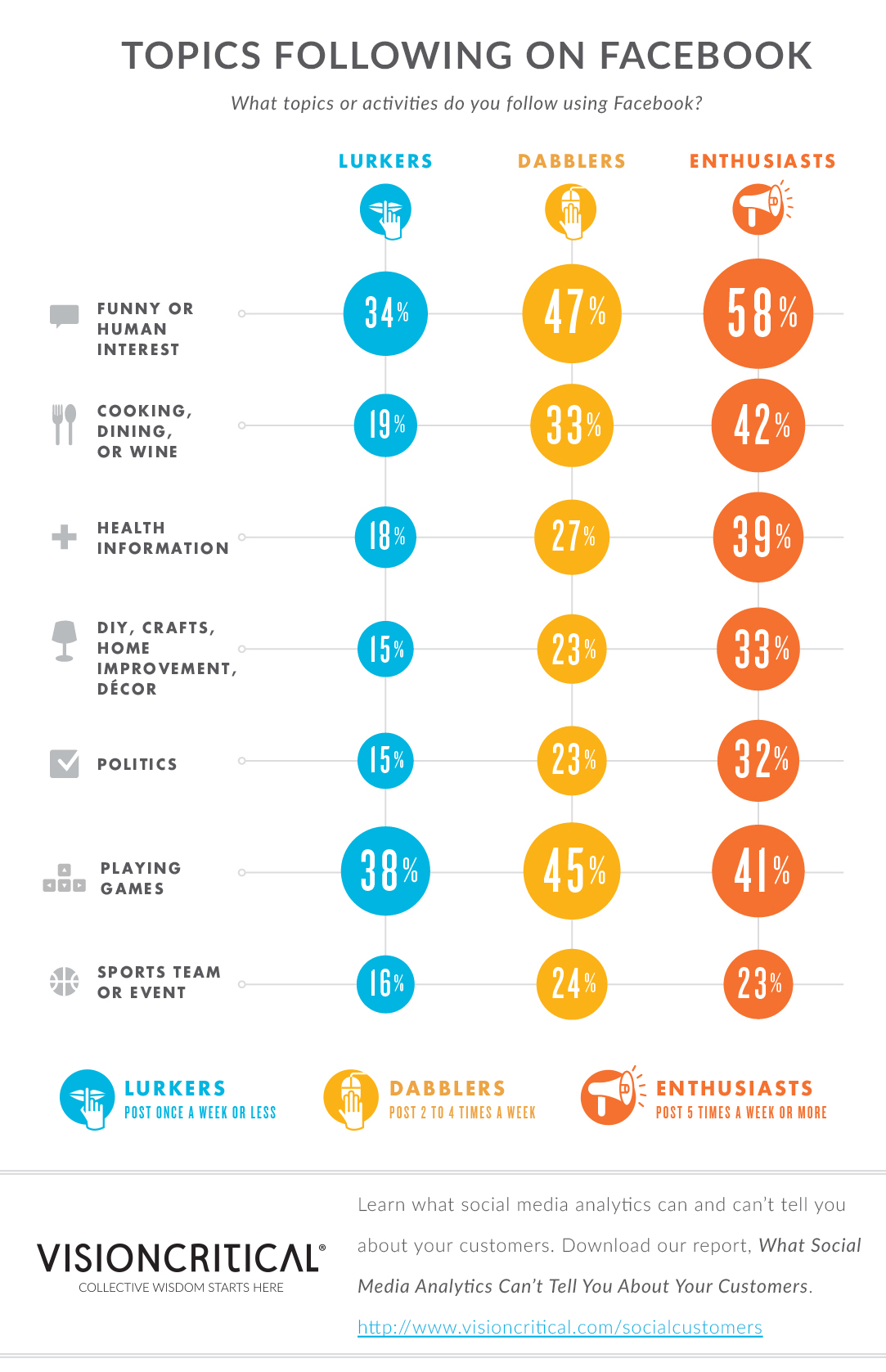With the holiday season in full swing, many retailers have started to predict what gifts will be a hit or miss. Some have done so with the help of social media analytics, as recently reported. According to social media analytics, when it comes to kids, toys that imitate gadgets used by adults will be hotter than ever.
This includes gadgets like the Vtech Kidizoom Smart Watch, My Friend Cayla, and the Skylander Trap Team Starter Pack. Social media trends also point to creativity-enhancing products like action figures and fashion toys. Unfortunately, there’s a huge problem with these predictions — there’s a large chance that the information is highly inaccurate.
Here at Vision Critical, we teamed up with three global brands to release a report on what social media analytics can’t tell companies about their customers, which I co-authored with our VP of Social Media Alexandra Samuel. A major motion picture studio, a renowned broadcasting company, and a cross-category apparel brand compared what thousands of people shared on social media with what those same customers said on their customer intelligence platforms. We classified users into three different groups (lurkers: those posting 1x/week; dabblers: those posting 2-4x/week; and enthusiasts: those posting 5x week or more) and identified five significant blind spots in social media analytics.
There’s quite a bit that social media analytics can’t tell companies. Those solely relying on social to help predict trends and product wins need to rethink their approach. Based on our findings, here are five things social media analytics can’t tell companies:
Who their customers are
Data shows that almost 90 percent of posts on sites like Facebook and Twitter come from enthusiasts who represent only 30 percent of the social audience. The majority of social media users are lurkers (52 percent), but they’re hardly sharing (5 percent). This means that companies looking at social media data to help learn about their customers and guide their decision-making are missing the mark. Not only are they not hearing their entire social media audience, but they’re missing folks not on social media altogether.
This is further backed up by data from a recent report on social media complainers from VB Insight, which showed how various groups of consumers prefer to continue the conversation away from social channels, moving to telephone, email, and web-based support services. Social media is not the be-all and end-all of customer profiling.
How to serve customers
Big differences exist in how enthusiasts and lurkers shop. Enthusiasts are two times as likely to shop for apparel in big box stores. They’re also frequently looking for the next great buy, and they’re more likely to comparison-shop via mobile while in store. If retailers know this about their social media enthusiasts, they’ll know how to serve them during their shopping experience.
How to market and sell to customers
Regarding media and entertainment, lurkers and enthusiasts have different viewing preferences. Lurkers watch more of nearly every type of TV show, but the difference disappears when it comes to DIY or fashion programs that appeal to engaged, socially oriented enthusiasts. Additionally, enthusiasts follow a wider range of topics on Facebook, but lurkers are just as likely to engage in online gaming as enthusiasts. When companies know how their customers interact with media and what they like, they’ll know how to market and sell better.
How to engage with customers
Enthusiasts are twice as likely to consult their family and friends when making purchasing decisions on clothing. They’re also much more likely to post movie-related content as a way of influencing and informing their friends. On the other hand, lurkers don’t care to influence friends and are less dependent on input from others. This information is valuable for a business looking for influencers and interested in improving customer engagement.
How to become a customer-centric company
As more and more companies look to be customer-centric, including Amazon, Cisco, and many others, understanding customer wants and needs is key for brands in making sure their customers are happy. How people behave on social media is a misrepresentation of the entire social media audience and the overall customer base. Brands need to make sure they’re tuning into more than social media, including transactional data and customer intelligence, in order to predict trends and identify behaviors this holiday season.
In conclusion, if you use social media data alone to determine how to market, sell, and support your customers this holiday season, or at any other time of year, you’re missing a huge piece of the targeting pie.
A case in point: the gadgets-as-toys that are trending on social media. It’s just the kind of trend that gets exaggerated by social media analytics. That’s because enthusiasts are disproportionately likely to be gadget freaks themselves — mobile devices are a bigger part of their shopping experience — and they’re more likely to follow tech news on Facebook. Tune into social media analytics, and the people you are hearing from are the people who are most likely to be excited about tech-oriented toys and gifts.
Will those tech-themed gifts actually appear under the Christmas tree? Santa knows. Social media analytics don’t.
 Andrew Reid is president and founder of Vision Critical.
Andrew Reid is president and founder of Vision Critical.
VentureBeat's mission is to be a digital town square for technical decision-makers to gain knowledge about transformative enterprise technology and transact. Learn More


